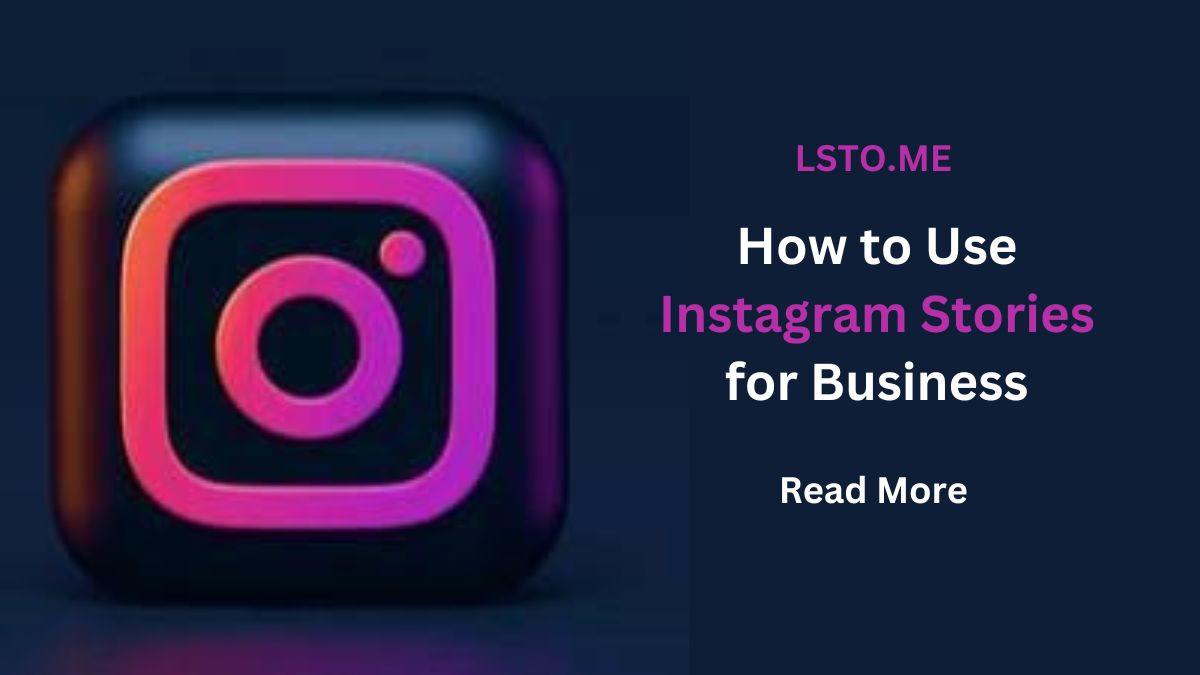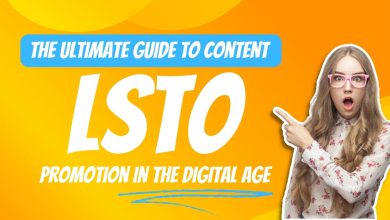
Instagram Stories, launched in 2016, have quickly become a powerful tool for businesses to engage with their audience in creative and dynamic ways. With over 500 million daily active users, Instagram Stories offer a unique opportunity to share ephemeral content that is visible for 24 hours. This blog post will explore how businesses can effectively use Instagram Stories to enhance their marketing strategies, increase brand awareness, and drive engagement.
Why Instagram Stories Matter for Business
Instagram Stories provide a variety of benefits that make them an essential part of any social media marketing strategy. Here are some key reasons why Instagram Stories matter for businesses:
- High Engagement: Stories are designed for quick, engaging content. Users are more likely to interact with Stories, whether through direct messages, polls, or swipe-ups.
- Authenticity: Stories allow businesses to showcase a more authentic, behind-the-scenes look at their operations, fostering a deeper connection with their audience.
- Visibility: Instagram Stories appear at the top of the Instagram feed, ensuring that your content is prominently displayed and easily accessible.
- Interactive Features: With features like polls, questions, countdowns, and quizzes, Stories offer multiple ways to engage with your audience and receive immediate feedback.
- Drive Traffic: For accounts with over 10,000 followers or verified accounts, the swipe-up feature can drive traffic directly to your website or landing pages.
Setting Up Your Instagram Stories Strategy
To effectively use Instagram Stories for business, it’s crucial to have a well-thought-out strategy. Here are the steps to set up your Instagram Stories strategy:
- Define Your Goals: What do you want to achieve with Instagram Stories? Common goals include increasing brand awareness, driving website traffic, boosting sales, and enhancing customer engagement.
- Know Your Audience: Understand who your audience is and what type of content they engage with the most. Use Instagram Insights to gather data on your followers’ demographics and behavior.
- Plan Your Content: Create a content calendar specifically for Instagram Stories. Plan out the types of content you want to share, such as behind-the-scenes looks, product launches, promotions, user-generated content, and tutorials.
- Set a Consistent Posting Schedule: Consistency is key on social media. Determine how often you will post Stories and stick to that schedule to keep your audience engaged.
Creating Engaging Instagram Stories
Creating engaging Instagram Stories involves a combination of creativity, storytelling, and strategic use of Instagram’s features. Here are some tips for creating Stories that captivate your audience:
- Use High-Quality Visuals: High-quality images and videos are essential for capturing your audience’s attention. Use tools like Canva or Adobe Spark to create visually appealing content.
- Tell a Story: Use the storytelling format to keep your audience engaged. Start with a compelling introduction, build a narrative, and conclude with a strong call-to-action (CTA).
- Leverage Interactive Features: Use Instagram’s interactive features to engage your audience. Polls, quizzes, questions, and countdowns can make your Stories more interactive and fun.
- Incorporate User-Generated Content: Share content created by your customers. User-generated content not only provides social proof but also encourages more followers to engage with your brand.
- Use Hashtags and Location Tags: Adding relevant hashtags and location tags can increase the visibility of your Stories to a broader audience.
- Add Text and Stickers: Use text overlays and stickers to add context and personality to your Stories. Highlight important information and make your content more visually engaging.
Utilizing Instagram Stories Features for Business
Instagram offers a variety of features within Stories that can be particularly useful for businesses. Here’s how to make the most of these features:
- Swipe-Up Links: For accounts with over 10,000 followers or verified accounts, the swipe-up feature allows you to add links to your Stories. This is a powerful tool for driving traffic to your website, blog, or online store.
- Shopping Tags: If you have an Instagram Shop set up, you can use shopping tags in your Stories to showcase products. Users can tap on the tags to view product details and make purchases directly from Instagram.
- Story Highlights: Save important Stories to your profile using Story Highlights. This allows new followers to see your best content even after the 24-hour period has passed.
- Story Ads: Instagram Story ads can be a highly effective way to reach a broader audience. These ads appear seamlessly between organic Stories and can include a call-to-action to drive conversions.
- Insights and Analytics: Use Instagram Insights to track the performance of your Stories. Analyze metrics like impressions, reach, exits, and replies to understand what type of content resonates with your audience.
Best Practices for Instagram Stories
To maximize the impact of your Instagram Stories, follow these best practices:
- Keep It Short and Sweet: Stories are meant to be quick and digestible. Keep your content concise and to the point.
- Use Vertical Format: Always create Stories in a vertical format. This ensures that your content is optimized for mobile viewing.
- Be Authentic: Authenticity resonates with audiences. Show the human side of your business and share behind-the-scenes moments.
- Stay On-Brand: Maintain a consistent brand voice and aesthetic across all your Stories. This helps in building brand recognition and trust.
- Include a Call-to-Action: Always include a CTA to guide your audience on what to do next, whether it’s visiting your website, making a purchase, or engaging with your content.
- Monitor and Adjust: Continuously monitor the performance of your Stories and adjust your strategy based on what works best. Be flexible and willing to experiment with different types of content.
Case Studies: Successful Use of Instagram Stories by Businesses
Let’s look at some real-world examples of businesses successfully using Instagram Stories to achieve their marketing goals:
- Airbnb: Airbnb uses Instagram Stories to showcase unique travel experiences and destinations. By leveraging user-generated content and influencer partnerships, they create engaging Stories that inspire wanderlust and drive bookings.
- Nike: Nike uses Stories to launch new products, share athlete stories, and provide behind-the-scenes looks at events. Their use of high-quality visuals and interactive features keeps their audience engaged and invested in the brand.
- Glossier: Beauty brand Glossier uses Instagram Stories to feature product tutorials, customer reviews, and behind-the-scenes content. Their authentic and relatable approach helps build a strong connection with their audience.
Conclusion
Instagram Stories offer a dynamic and engaging way for businesses to connect with their audience, build brand awareness, and drive conversions. By understanding your audience, planning your content, and utilizing Instagram’s features effectively, you can create Stories that resonate and achieve your marketing goals. Remember to stay authentic, be consistent, and continuously monitor your performance to refine your strategy. With these tips and best practices, you’ll be well on your way to mastering Instagram Stories for business.




